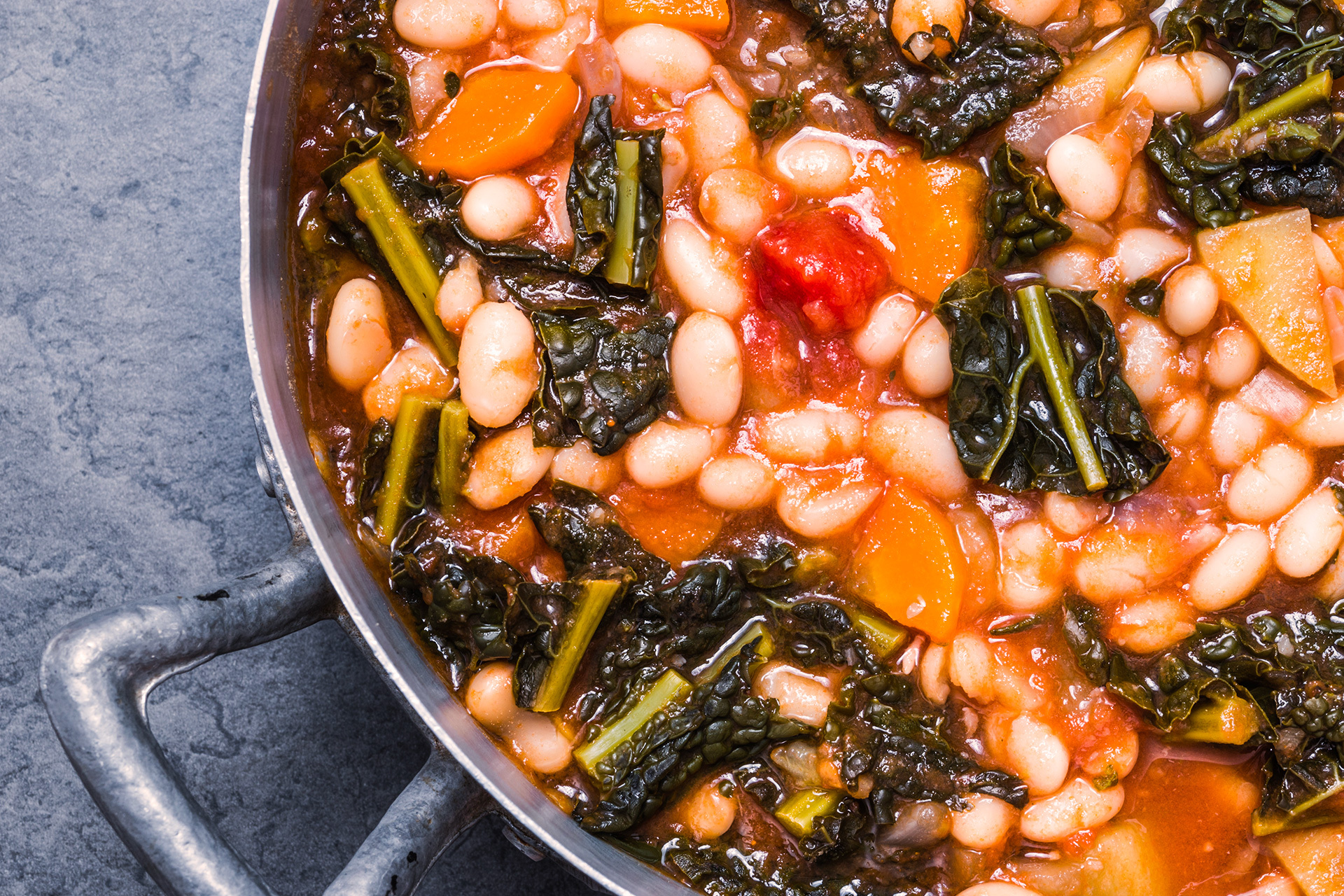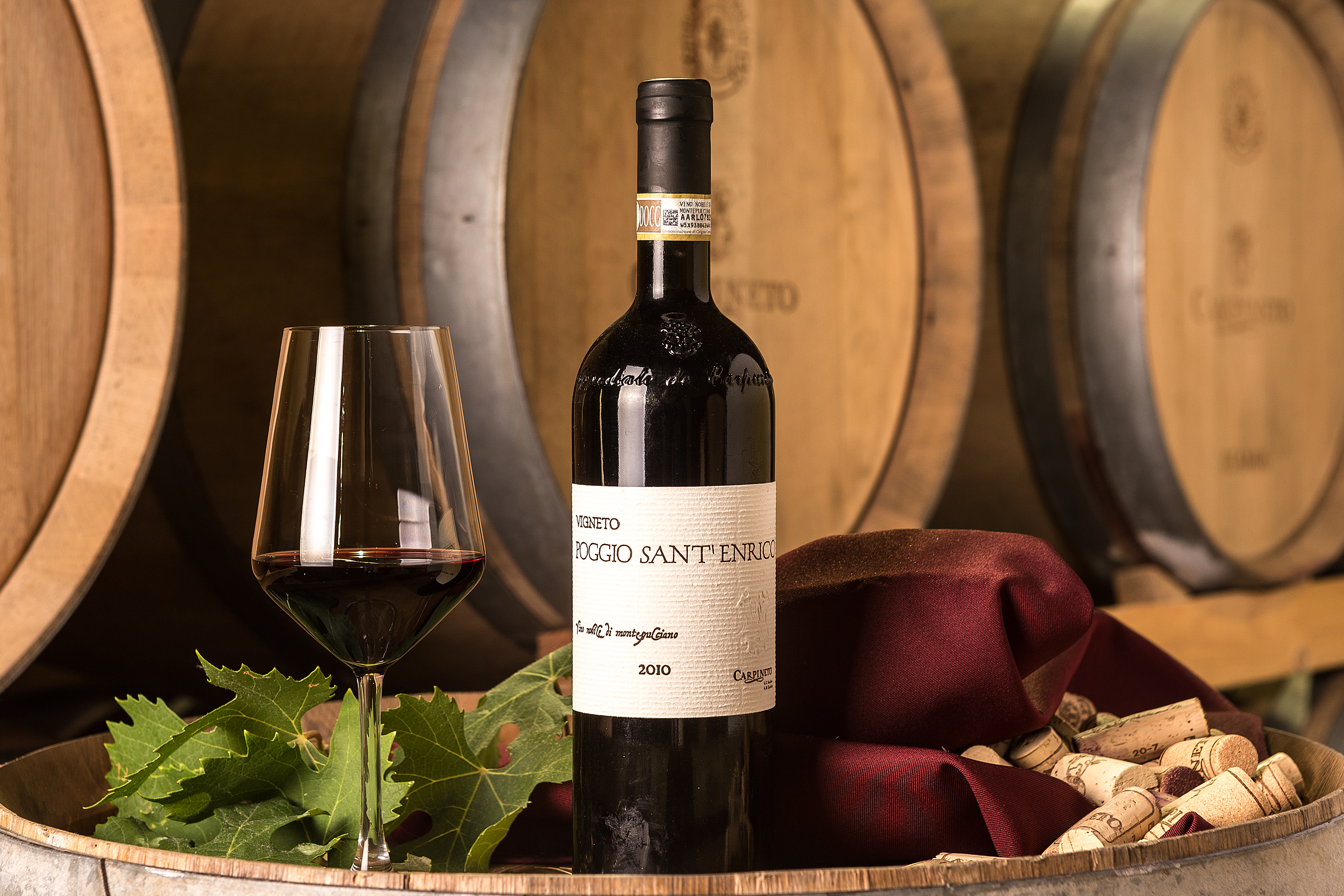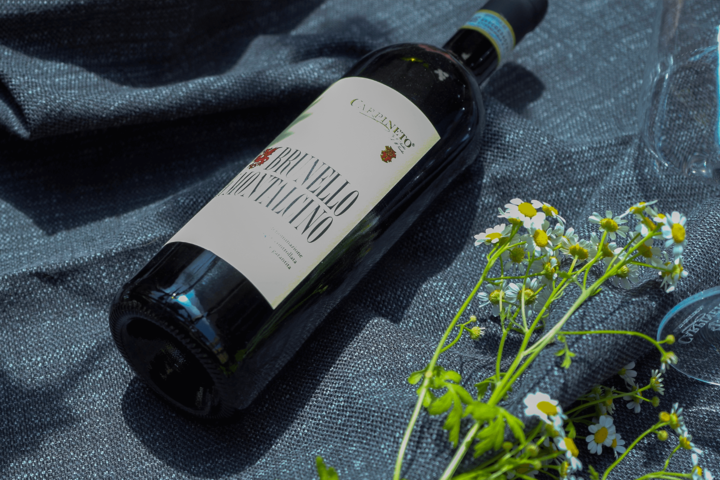Tuscany is one of the most important Italian regions for artistic, cultural and culinary traditions. These involve both the production of some of the finest wines in the world and amazing food to pair it with. In this article, we will analyze Tuscan Pici from Siena, a very special and unique kind of pasta, ideal in combination with a good bottle of wine.
The pici senesi are a arguably the most important product of the Tuscan regional cuisine. Perhaps the product that has always represented the basis of the cuisine of this area. Pici are known to be a very simple format of fresh pasta that lends itself to numerous accompaniments. But why this particular name? It probably derives from the gesture made with the palm of the hand to give the dough the typical shape of the "picio", which in Tuscan culinary jargon is the verb "appiciare".
Their shape resembles spaghettoni, being both long and cylindrical, but they are otherwise completely different.
The Pici recipe traditionally consists of only water, flour, very little oil and salt. Made up of such easy and affordable ingredients, pici are born as poor pasta to be eaten every day.
The procedure for making pici is simple but at the same time requires dexterity and above all experience, that usually comes from decades of pasta making.
The skill is passed down from generation to generation. The procedure is usually as follows: having formed the fountain with the flour and gradually adding the water, oil and salt, a dough is formed from which small pieces are then taken which will be stretched and pulled (the "appiciare" action we mentioned before).
The history of the pici recipe dates back to a few millennia ago. Pici have been present in the area since the time of the Etruscans who used them as a dish for parties.
As for the origin of the name, the currents of thought are conflicting. There are those who trace it back to ancient Rome and to one of the most important gastronomes of the time, Marco Gavio Apicio. Another origin could connect the pici to the locality of
San Felice in Pincis, a town near Arezzo. But how do we pair them with a good bottle of wine? This is precisely the Tuscan dish that you absolutely cannot miss, especially if combined with Vino Nobile di Montepulciano, which is available also here at Carpineto.
Our Nobile di Montepulciano has a brilliant ruby red color, tending toward garnet, an ethereal and extraordinarily refined bouquet, with slight hints of violet and fine wood, and a dry, savory, harmonious and velvety taste, with aromas ranging from exotic fruit to balsamic. The clay soil of our areas is perfect for the production of wines intended for long aging in the bottle.
Because of the special characteristics of the blue clay on our estate, we have decided to be the only producer of Montepulciano to produce only reserve or cru wines.
However, it all depends on the dressing: with a full-bodied and tasty dressing it is recommended a Riserva di Vino Nobile di Montepulciano. In this case the spices, vanilla and toasted aromas will divinely combine with the flavors of the meat caramelized for a long time in the pan together with the smells of the garden.
Back to the famous Vino Nobile, the Vino Nobile di Montepulciano DOCG (Denomination) provides that the wines that want to boast this name are produced from grapes grown in an area with well-defined boundaries.
Vino Nobile di Montepulciano must meet another set of requirements, such as a minimum period of aging in the cellar before being released on the market (2 years for the normal version and 3 for the Riserva). Above all, Vino Nobile di Montepulciano must be produced with specific grape varieties: a minimum of 70% Prugnolo Gentile (Sangiovese) and a maximum of 30% of other suitable grape varieties listed in the specification.
Whatever pici recipe you will end up preparing, make sure you include this fantastic pasta dish in your Italian culinary journey: Aglione e al Ragù di cinghiale remain the two principal recipes for pici.



-2 (1).png?w=400&h=400)


